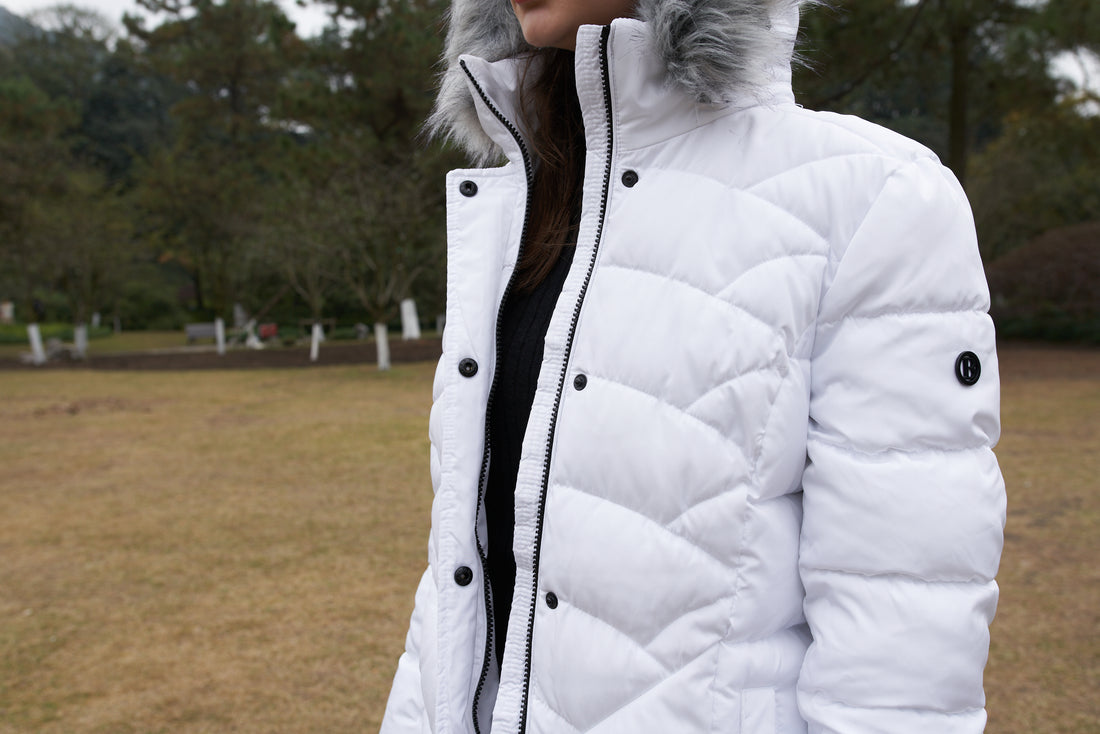
Down vs. Faux Down everything you need to know
The main difference between down and down substitute is the filling: down comes from the soft undercoat of birds, while the replacement is made from synthetic polyester materials that mimic the natural softness of traditional down.
Down and down substitutes are the most popular type of filling for pillows and duvets. But which material is best for your specific needs?
While people prone to allergies may be more inclined to opt for a down alternative because of its hypoallergenic properties, those seeking a light, dignified feel may prefer traditional down. Read on to learn about the differences between down and down substitutes so you can decide which filling type is right for you.
What Is Down?
Known for its incredible softness, down is a stuffed feather collected from the undercoat of geese, ducks, and swans. Due to its lightweight and fluffy properties, down is a great temperature regulator for hot sleepers.
As down comes from an animal, consider whether it is ethical and RDS certified.
Who down is best for:
- People who tend to sleep very hot
- People looking for long-term investments
- People who like fluffy, soft sleeping materials
Artificial down is a synthetic form of traditional down. But what is down substitute stuffing made of? This innovative material is often made of polyester microfiber fillings (not to be confused with cheaper polyester fillings) that mimic the pillowy feel of real down at a fraction of the cost.
Since the down substitute doesn't use animal-sourced materials, it's a great alternative for someone allergic to down but looking for a pillow with a lush attic.
Who down the substitutes best fit:
- People who are allergic to down
- People who do not want to buy animal products
- People who want machine-washable options
- Budget-conscious shoppers
What Is the Difference Between a Down and a Down-Alternative Comforter?
While duvets and duvets serve the same purpose, the materials, care instructions and even the weight of each can vary widely. Duvets are made from premium feather-free material beneath the layers of duck and goose feathers, while alternative duvets can be made from synthetic or natural materials, depending on the brand. Down substitutes offer a solution for people with allergies or asthma.
Down: Pros
Down quilts provide warmth that synthetic materials are hard to replicate. Duvets are usually much lighter than Faux Down of similar thickness, which can be helpful if you prefer lightweight bedding. The air sandwiched between the down provides plenty of warmth while still allowing the quilt to breathe, so resting under the duvet feels less clammy and cold than under some synthetic alternatives.
Down: Cons
Many duvets are not designed for machine washing, so a duvet cover is needed to keep the quilt in tip-top shape. Duvets are also more expensive than many Faux Down. Down can trigger allergies or asthma attacks in people who are sensitive to such fillings or dust mites in them.
Faux Down: Pros
Down replacement quilts are designed to mimic the heaviness and warmth of actual down, while being safe for people with asthma or allergies. Many Faux Down are machine washable, so they are easier to maintain than down versions. They are also cheaper depending on the padding used and the number of threads in the quilt, with a variety of price options.
Faux Down: Cons
Some Faux Down designed to look puffy like a duvet are much heavier than down, which is a drawback if you prefer lightweight bedding. Synthetic fillers such as polyester are not as breathable as natural fibers, so synthetic down substitutes may leave you clammy or sweaty after resting under them for a while. Washing down substitutes may cause shrinkage. Some down replacement quilt fabrics do not hold well during frequent use or washing, resulting in pilling or wear of the material.
Faux Down OR Real Down?
Many clients often hesitate between real down stuffing and synthetic clothing, especially when we consider something called "fake down" (synthetic down, polyester).
Let's analyze the differences between the two products:
-- Due to constant research into new fibers and processes, synthetic feathers, if of good quality, are becoming more and more like real feathers in the final rendering of the garment.
-- Real eider or goose down jackets certainly cost a lot more than synthetic ones. The price of real feathers is very high at this time, so many companies prefer to synthesize them, even for economic and ethical reasons.
-- Real down jackets are warmer in terms of heat, but the difference is not as dramatic as is commonly assumed. Feathers actually lose some of their properties in wet conditions, while synthetic feathers remain the same, allowing constant heat regardless of weather conditions.
-- Weight: Real feathered clothing is much lighter. For comparison we thought that if a jacket was filled with 100 grams of real down, it would have to be filled with at least 200 grams of synthetic feathers to get the same fullness, so the clothing would be larger and more filled, and the feather (lighter) would be more efficient than the fake down.
-- Company image plays a big role in choice, as the trend between the best-known and most famous brands is to move away from fur and feather products in favor of more animal-friendly ideas.
But many people forget that fake down comes from oil and is therefore more polluting, while feathers are a "biological" product that doesn't do any damage to the environment. So it always depends on perspective and what's important.
Fair and correct information will give consumers the opportunity to ask the right ethical questions in the comparison between the environment and animalism.
Down vs Faux Down Jackets – Which jacket is right for you?
The jacket keeps you warm in cold weather by trapping your body's warm air in its fibers. Insulating jackets are usually made of down or synthetic insulation. Although both types of insulation provide good warmth, they do differ in weather resistance, drying time, durability, price, etc. Below, we'll explain the difference between a down jacket and a synthetic jacket, such as one that uses synthetic insulation, and help you figure out which type of jacket is right for your needs. Because not all insulation materials are necessarily of high quality, we will also list high quality down insulation and high quality synthetic insulation and explain what makes them special. However, it is important to remember that the ultimate warmth provided by an insulated jacket depends not only on the quality of insulation (whether synthetic or down), but also on the amount of insulation used.













